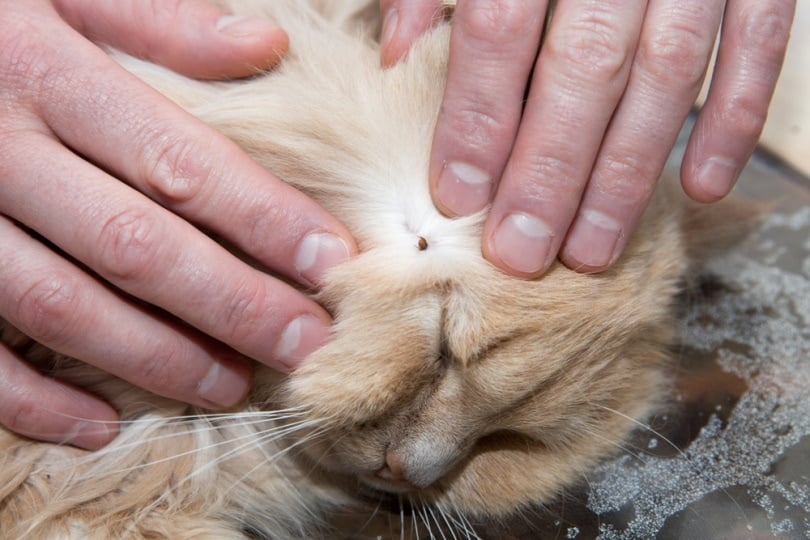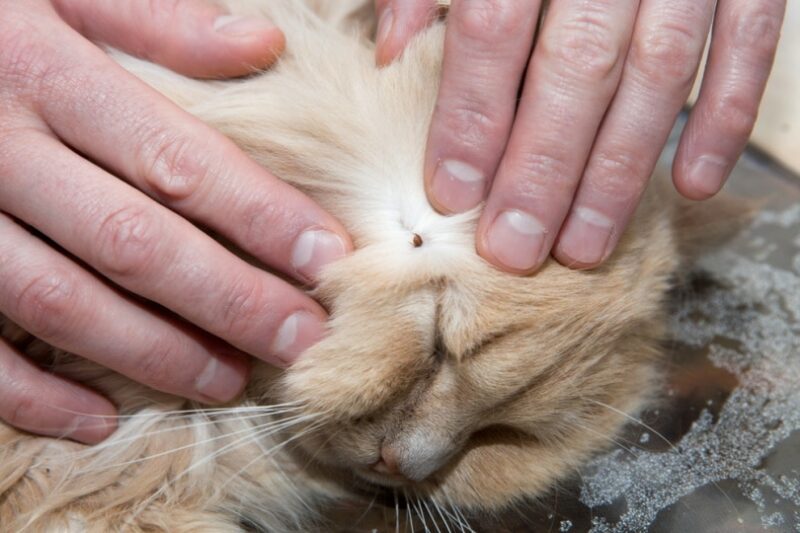Ticks are nasty little parasites that feed on blood. They’re in the same category as fleas and mosquitoes and can cause health problems for your cat if left on the body. So, you definitely want to remove a tick as soon as possible when you find one.
If you’ve never dealt with a tick before, don’t worry—it’s not difficult. We’ll help you through the process. Let’s begin!
What Does a Tick Look Like on a Cat?
Ticks are good at hiding in an animal’s fur, especially longhaired animals. They usually don’t stick out like a sore thumb unless the animal’s coat is short or if the tick is in an obvious place.
Ticks are arachnids and, as such, have eight legs and a large abdomen. They start out tiny, and as they fill up with blood, they are bigger and easier to see. They progress through the life cycle of eggs, larvae, nymphs, and adults. The nymphs are around the size of a poppy seed, and the adults are around the size of a sesame seed, depending on the species.
Ticks can cause illnesses like anemia or Lyme disease, but it takes a while for these symptoms to show, so you won’t notice them immediately.
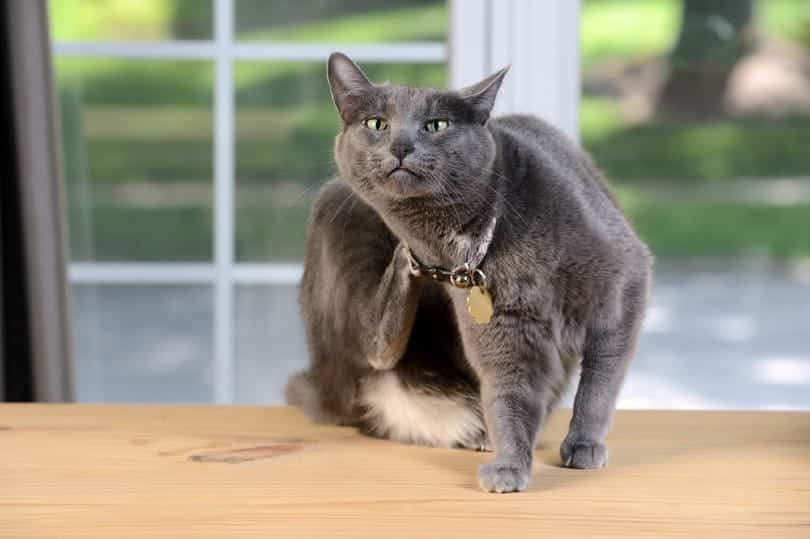
If tick-borne illness symptoms do show up, you may notice:
- Fever
- Lethargy
- Lameness
- Joint pain
- Sensitive to touch
- Rash
- Inappetence
- Difficulty breathing
Still, cats rarely show signs that they are carrying ticks unless it is in a painful place such as between the toes. Your best chance at finding one is by running your fingers through your cat’s fur and feeling for any bumps. Check all over, including between the toes and in the armpits.
It might look like there’s something stuck to your cat’s fur until you try to remove it. Ticks latch on to the skin with their mouth parts, so pulling it off is difficult. That will be your first clue that this is a tick. You will need to look closely to see that it is attached to the skin and has little legs. There are several types of ticks, but most are brown in color, and some have patterns, such as the Lone Star tick.
Sometimes, owners mistake skin tags, warts, or nipples for ticks, which is understandable. Ticks will have tiny legs, so look for those if you’re not sure.
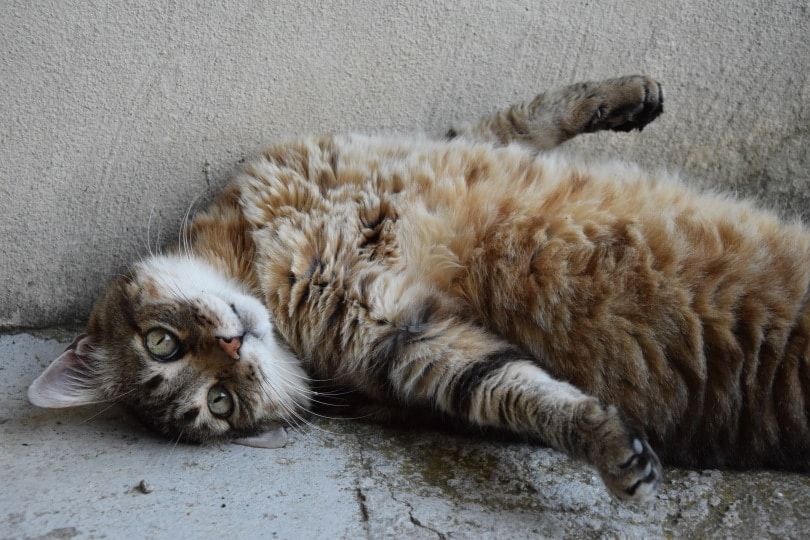
How to Remove a Tick From a Cat
Luckily, removing a tick from a cat isn’t complicated. All you need is a tick remover or tweezers and a disinfectant, like rubbing alcohol. If you are in a Lyme endemic area it is a good idea to keep the tick in a zip lock bag so that it can be tested if necessary.
The only thing that can make the situation difficult is if your cat tries to squirm. Having a buddy help you is best so the process goes faster. With a cat, time is always precious.
The most important thing to remember is to permanently remove the tick mouthparts. It’s easy to think you removed the entire tick, but pet owners often leave the head still attached without realizing it. If you don’t remove the mouthparts, there is more likelihood that your cat will get a lump or infection at the site of the tick. So, double-check your cat and make sure the whole tick is gone.
The following video walks you through removing a tick with or without a tick-removing tool. Rather than pulling a tick straight off, a twisting motion is recommended.
Should I Take My Cat to the Vet for a Tick?
Taking your cat to the vet after finding one tick isn’t necessary unless you notice the symptoms we mentioned above. It could also be worth the trip if your cat goes outside and regularly gets ticks.
Overall, any change in your cat’s behavior is worth making an appointment with your vet. Your vet can test for Lyme disease with a simple blood test and a urinalysis. The urinalysis helps identify any kidney complications since Lyme disease can affect a cat’s kidneys.

How to Prevent Future Ticks
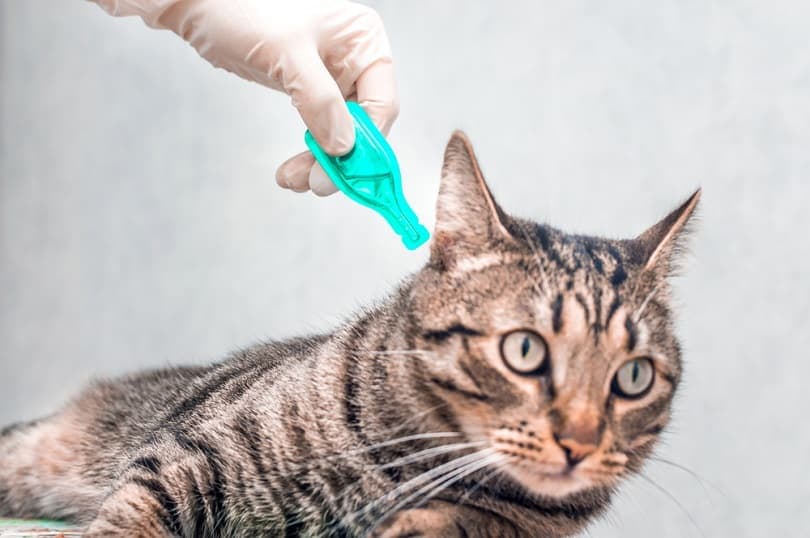
We don’t want our fur babies to have ticks. Fortunately, there are a few simple solutions.
- Flea and tick prevention can be purchased at your local vet. This is a great idea (and highly encouraged) if your cat goes outside regularly. You can also find oral and topical treatments as well as collars.
- Check for ticks every now and then. Run your fingers through your cat’s fur thoroughly and pay attention to dark areas. Take your time with longhaired pets.
- Keep the lawn mowed. Pay attention to high-grass areas, especially if you live in the country. It might help to keep your cat away from these areas if you can.
- If you have backyard chickens and live in an area with a high tick population, adding New Guinea Hens to your flock will help. These birds feed on ticks and can reduce the number of ticks in your area.
- Keep your cat inside. It’s the best way to prevent fleas and ticks, and it’s 100% free.
Conclusion
Ticks are unwelcome guests that can spread tick-borne diseases. No one wants to look at a tick, let alone deal with one stuck to their cat. The good news is that preventing ticks is easy, and removing a tick isn’t challenging either. Of all the problems in pet ownership, dealing with a tick should now be easier for you. It’s a good idea to remove the tick promptly. So, follow our instructions in this post and take your cat to the vet if you see fit.
See Also:
Fatured Image Credit: anastasiya parfenyuk, Shutterstock

